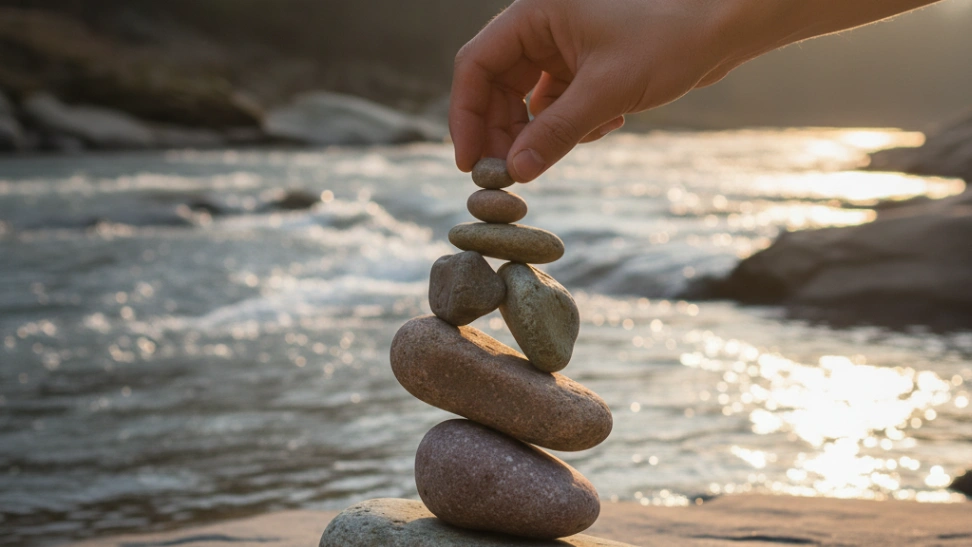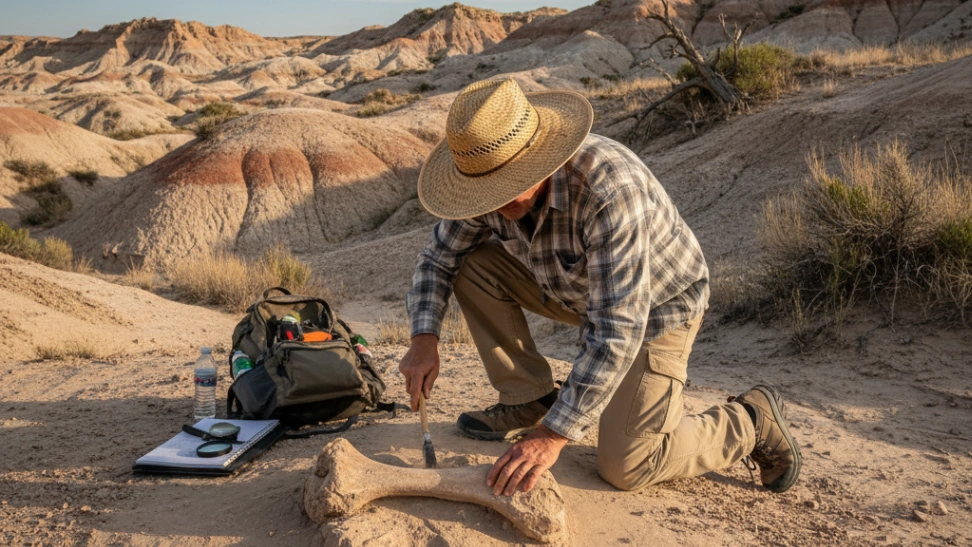Is This Hobby For You?
Ideal for those seeking a tranquil, outdoor creative outlet that hones focus and celebrates nature's delicate beauty.
Why You'll Love It
- Highly meditative and stress-reducing, promoting mindfulness and inner calm.
- Connects you deeply with nature and encourages appreciation for environmental elements.
- Offers a unique artistic challenge with limitless creative possibilities using simple materials.
Good to Know Before You Start
- Can be frustrating and time-consuming, requiring significant patience and repeated attempts.
- Creations are ephemeral, often lasting only until the next gust of wind or curious onlooker.
- Potential for environmental impact if not practiced responsibly (e.g., disturbing habitats).
Hobby Traits
How the community rates this hobby.
Getting Started: The Essentials
The basic requirements to begin your journey with Rock Balancing.
Startup Cost
$0
Community-voted average
Ongoing Cost
None
Monthly upkeep estimate
Essential Gear
Suitable Rocks
Various sizes and shapes, preferably smooth and naturally available in the environment.
Level Ground/Surface
A stable base to begin stacking, such as a large, flat rock or solid earth.
Patience and Focus
Essential mental tools for the delicate and often frustrating process of finding equilibrium.
Learning Curve
Overall Difficulty: Easy
Associated Skills
Skills you can expect to develop while pursuing this hobby.
A Closer Look at the Traits
Very Solo
A deeply personal and solitary activity, perfect for quiet time and introspection.
Very Calm
A deeply relaxing and meditative activity with minimal physical effort.
Purely for Fun
Pursued purely for enjoyment, relaxation, and the fun of the activity itself.
Deep Nature
This hobby takes you deep into the great outdoors, far from civilization.
Moderately Mental
Primarily a mental activity, but may have some light physical components.
Purely Creative
A highly creative and expressive outlet for your imagination and artistic side.
Frequently Asked Questions
Hobby Traits
How the community rates this hobby.



